Memory Pill
Memory Pill passively records the last time a medication bottle was opened to prevent over- and underdosing of medications when you cannot remember if you have already taken a scheduled dose.
How It Works
A small hole is drilled into the threaded portion of a medicine bottle. A pushbutton is attached inside the bottle so that the button lines up with the hole. A 3D printed button extender is glued to the button such that the bottle top depresses the button. Removing the bottle top will then release the button.
The button is connected to an Arduino Nano 33 IoT. When the button is released, the Arduino connects to a remote web API, over WiFi, that records the time the request was received. A Memory Pill app was created on a LILYGO TTGO T-Watch-2020 that will connect to the web API and display the stored time.
Uses
I see the main use for Memory Pill as a monitoring device for assisted living patients or elderly relatives. In the former case, it can aggregate data from a large number of individuals and provide alerts where medications have been missed (or taken more than scheduled). This has the potential to significantly reduce time taken by humans to physically check on each case. For the elderly, relatives could check up on medicine taking habits from across town, state, or country.
It also has uses for the young and healthy who can sometimes forget if they took a medication. The idea for Memory Pill came to me when my wife had a headache, but couldn't remember if she had already taken medicine for it, or had just thought about it and not yet done so (kids can do that to a person).
Media
YouTube: https://www.youtube.com/watch?v=GQ3YpKmJ9Q4
Closeup of triggering mechanism:
Internal electronics pulled out:
Watch closeup:
Bottle without extender:
Button extender:
Button extender model:
Bill of Materials
- 1 x Arduino Nano 33 IoT
- 1 x LILYGO TTGO T-Watch-2020
- 1 x 2.2K resistor
- 1 x 10K resistor
- 1 x Pushbutton
- 1 x Small LiPo battery pack
- OPTIONAL: 3D Printer to print button extender (can be replaced with misc. scrap materials)
- Miscellaneous wire
Future Direction
I would like to move to more purpose-built parts (rather than off-the-shelf) to make the components smaller, and even further drive down the cost per unit. I would also like to experiment with other methods of detecting when the lid has been removed—perhaps a simple contact built into the bottle itself or a reed switch.
On the software side, some minor tweaks to put the microcontroller into a sleep state and wake upon opening the bottle would keep the battery running for a long time. I think 30 days (typical prescription length) of opening a bottle would be easy to achieve with a very small battery.
A custom bottle with a small compartment on the bottom, with a battery that can be charged wirelessly (e.g. Qi charger) would complete the design.
About the Author
 Nick Bild
Nick Bild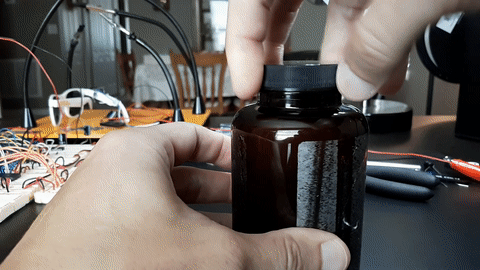
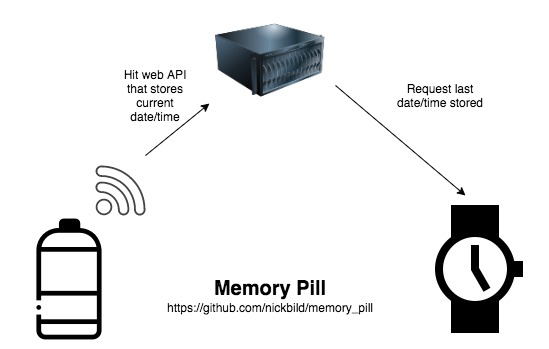
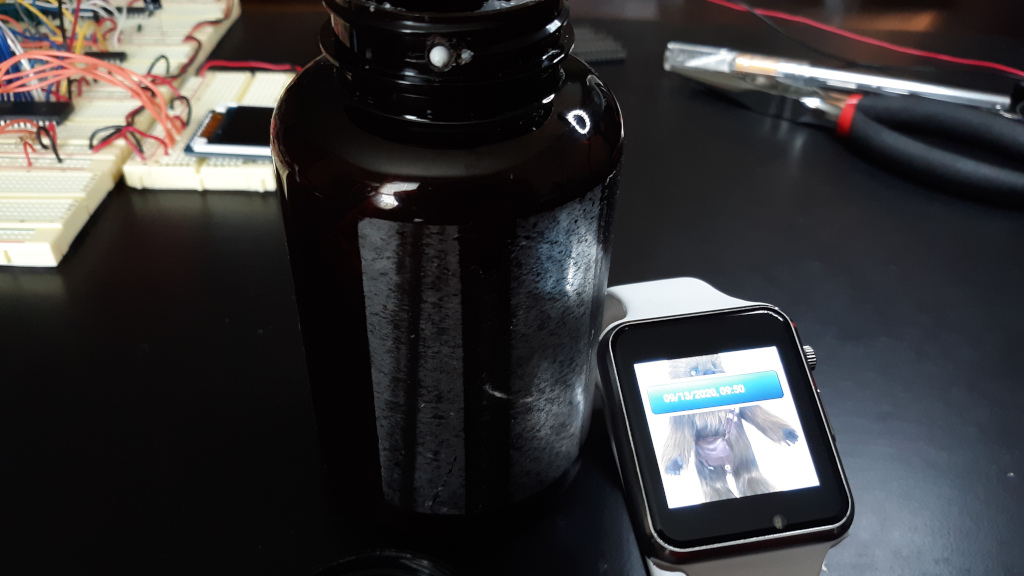
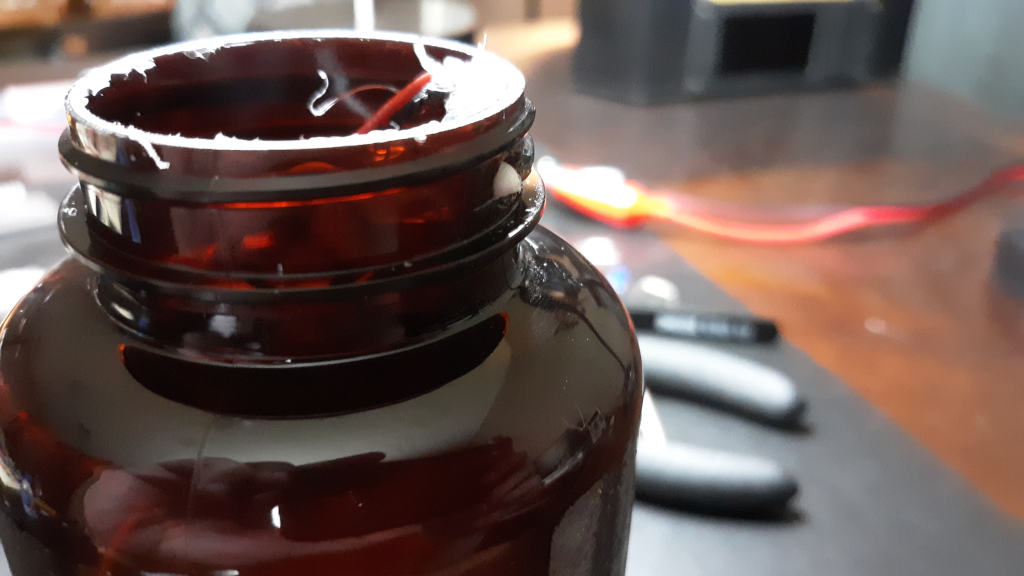
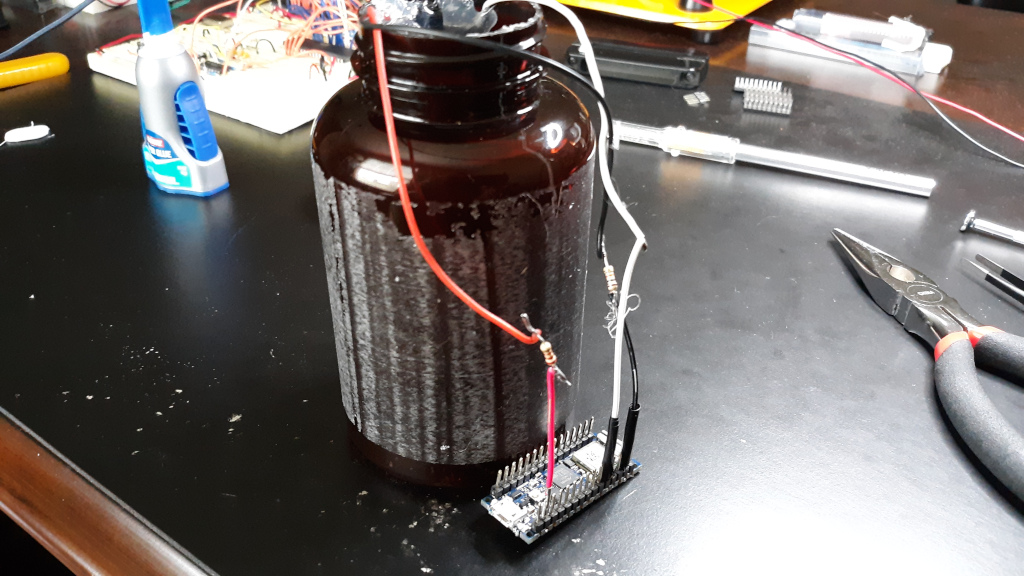
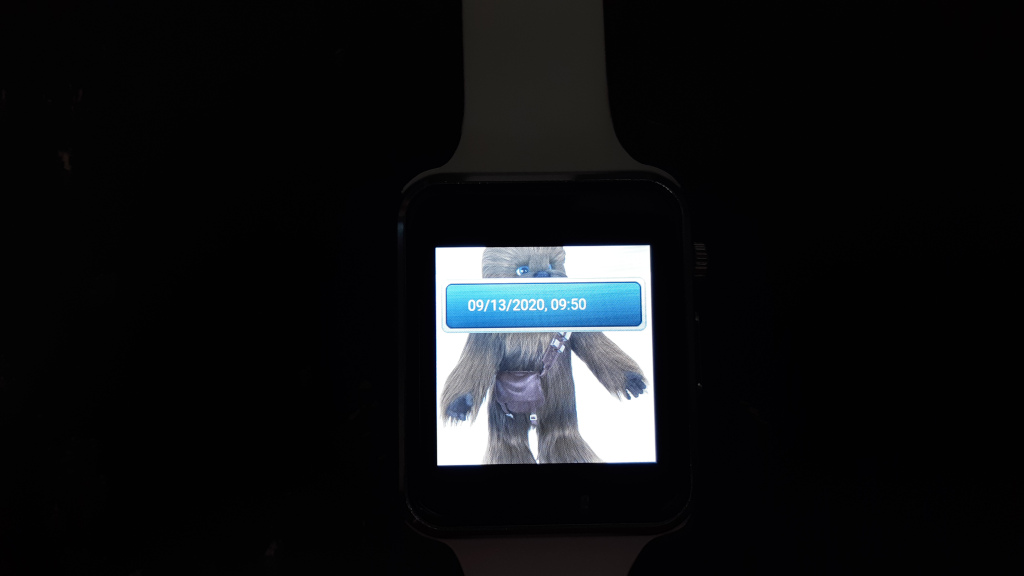
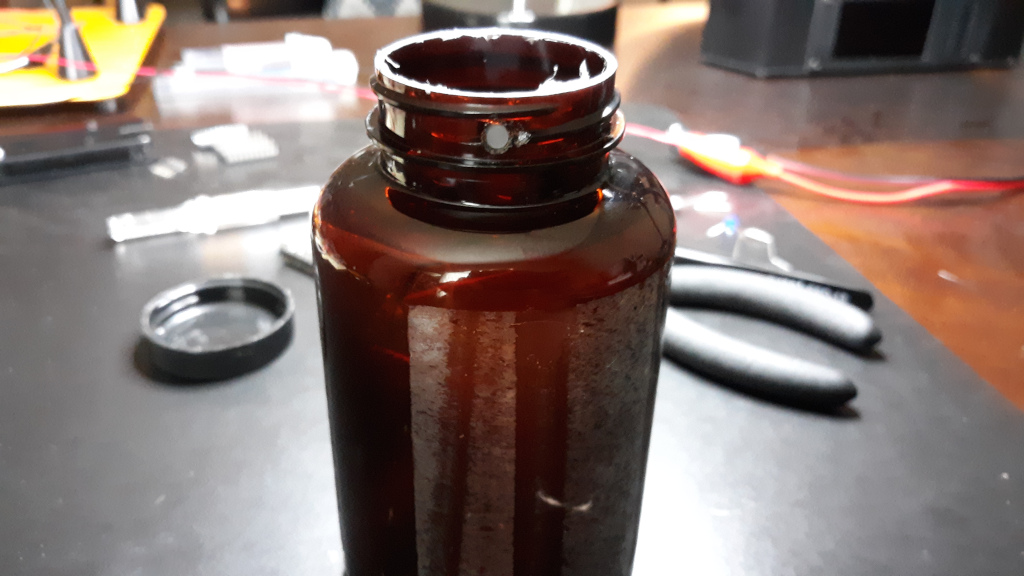
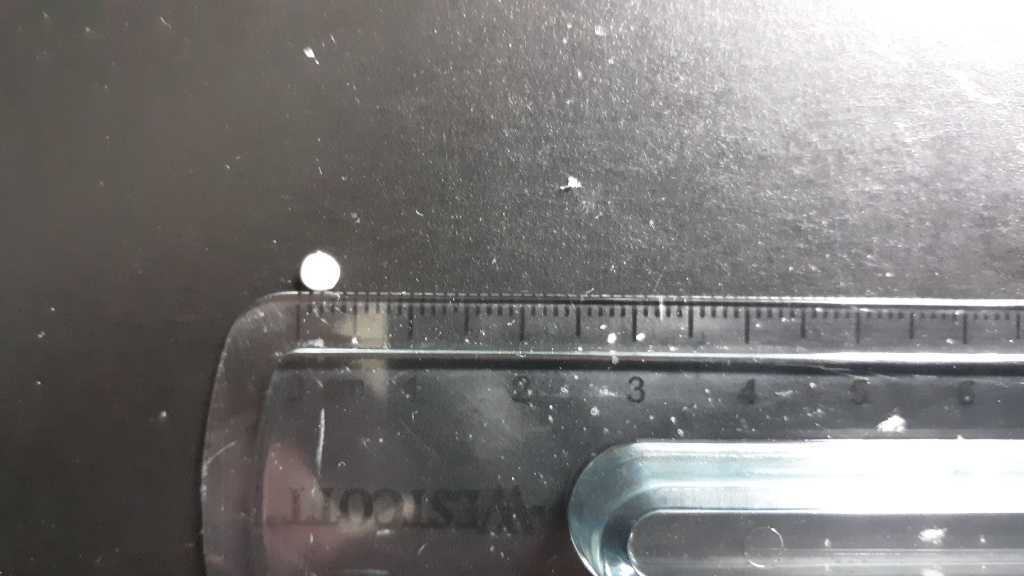
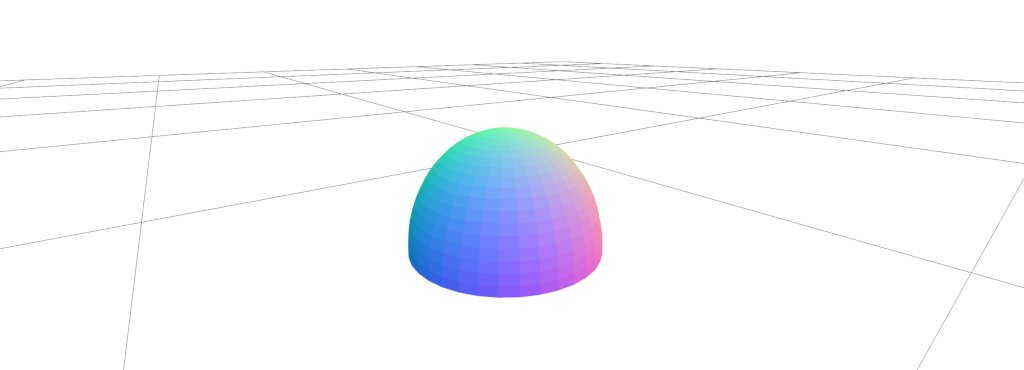



Great idea. I can see extending this a bit and adding sensors to one of those daily pill organizers, like the kind my Dad uncharitably dubbed his "coot box" when he started taking enough pills to lose track. Seems like the same concept could be used for that, just more channels.